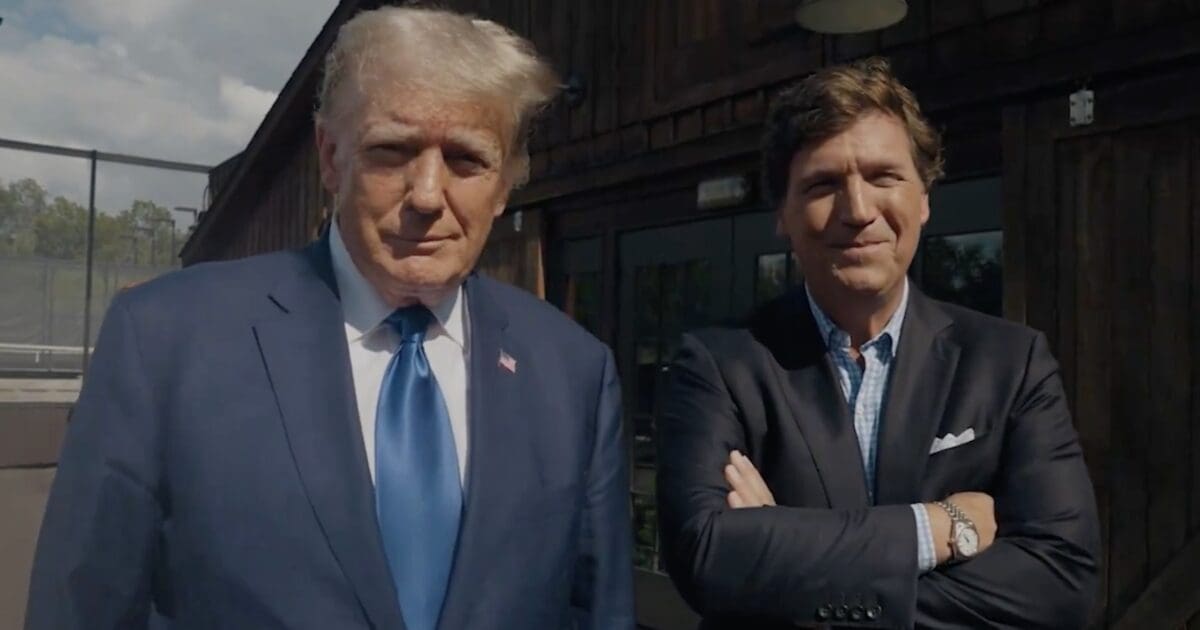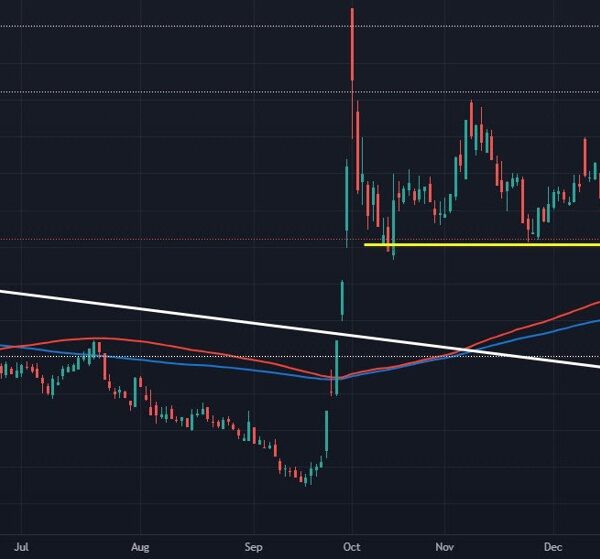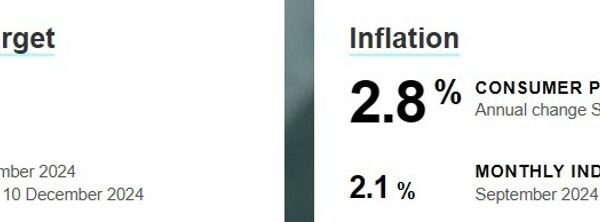
President Trump negotiated the biggest and most advantageous trade deal with Europe on July 27, and on August 21, 2025, the United States and European Union issued a joint statement formalizing the “Framework on an Agreement on Reciprocal, Fair, and Balanced Trade.”
The agreement is a landmark achievement, which Trump calls the biggest trade deal in history, and the numbers make that claim at least arguable. The EU has committed to $750 billion in U.S. energy purchases through 2028, $600 billion in new investments in the United States, and expanded procurement of American defense equipment. Together, these $1.35 trillion commitments represent an unprecedented scale and will help reduce the longstanding U.S. goods trade deficit with Europe.
Under the Framework Agreement, the EU will eliminate tariffs on all U.S. industrial goods and expand market access for American agriculture, seafood, and processed products, including dairy, pork, bison, nuts, soy oil, and fruits and vegetables. In return, the United States will cap tariffs on most European goods at 15 percent.
Beginning September 1, 2025, the U.S. will apply only the most-favored-nation (MFN) tariff to non-domestic natural resources such as cork, all aircraft and aircraft parts, and generic pharmaceuticals and their chemical precursors.
Once the EU enacts its tariff-reduction legislation, U.S. tariffs on automobiles and auto parts will be lowered, with no Section 232 tariffs applying to covered EU vehicles already facing a 15 percent or higher MFN rate.
Energy is at the heart of the agreement. Europe’s $750 billion commitment to purchase U.S. liquefied natural gas, oil, and nuclear products through 2028 cements America’s role as the world’s energy superpower while reducing Europe’s dependence on adversarial suppliers.
This marks a decisive break from decades of vulnerability to Russian gas and Middle Eastern oil, both of which left European leaders exposed to price shocks, supply disruptions, and political manipulation.
Moscow’s weaponization of gas during the Ukraine war underscored the risks of relying on hostile regimes, while instability in the Middle East long tied Europe’s economic security to one of the world’s most volatile regions.
By turning to the United States, Europe gains a stable, democratic supplier. America’s rise as the world’s largest producer of oil and natural gas, fueled by the shale revolution, has already proven its strategic value in helping Europe cut Russian dependence after the invasion of Ukraine. This agreement expands that partnership on an unprecedented scale, formalizing U.S. energy dominance and strengthening Western security.
The benefits reach both sides of the Atlantic: American exports reinforce the dollar’s global role, provide steady revenues for U.S. producers, and create jobs in energy states from Texas to Pennsylvania, while Europe gains reliable supply and tighter alignment with a trusted ally.
Defense is the other pillar of the Framework Agreement. The EU’s decision to purchase significant amounts of American military equipment represents more than a commercial deal, it is a strategic realignment of European defense capabilities toward U.S. systems and doctrine.
For decades, NATO members struggled with incompatible weapons, communications systems, and logistics networks that hindered joint operations. By committing to American-made fighter aircraft, missile defenses, and communications platforms, Europe moves toward standardization across the alliance. This integration reduces training costs, simplifies logistics, and enhances battlefield effectiveness.
Just as important, the shift reduces European dependence on non-allied defense suppliers. Some EU states had historically bought equipment from countries with conflicting interests, raising security concerns. Now, by sourcing from U.S. companies, Europe ensures that sensitive technologies remain within trusted networks while bolstering NATO interoperability. The arrangement also strengthens the American defense industry.
Firms like Lockheed Martin, Raytheon, and Boeing gain access to expanded European markets, supporting larger production runs and continuous innovation. This creates a cycle in which American defense spending drives technological progress that benefits the entire alliance.
Together, the energy and defense provisions make the United States not only Europe’s leading economic partner but also its essential guarantor of security. The deal deepens transatlantic integration on terms that favor American leadership in both industry and defense.
The White House calls the Framework Agreement “fundamentally rebalancing the economic relationship between the world’s two largest economies” and “a generational modernization of the transatlantic alliance.”
No previous U.S. president achieved anything comparable; past administrations left tariffs in place and won no guarantees of energy purchases or investments. Trump, by contrast, negotiated from strength, using the threat of 30 percent tariffs to secure a 15 percent compromise and unprecedented concessions.
As EU Trade Commissioner Maros Sefcovic admitted, “this is the most favorable trade deal the U.S. has extended to any partner.” The agreement underscores Europe’s dependence on the American market and energy supply, while proving that Trump’s hard bargaining delivered results no other leader could match.















